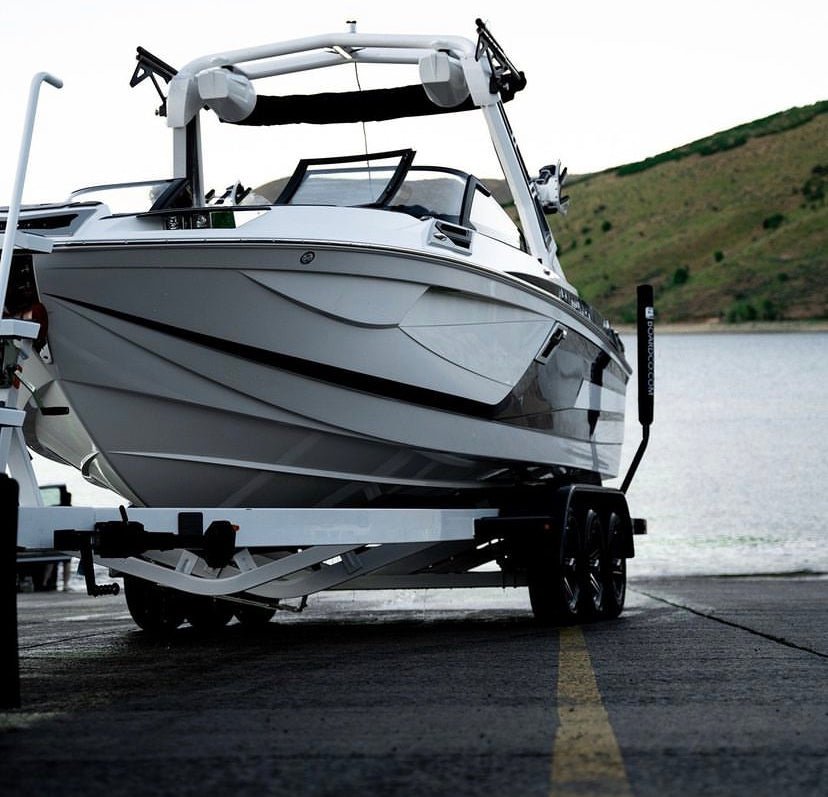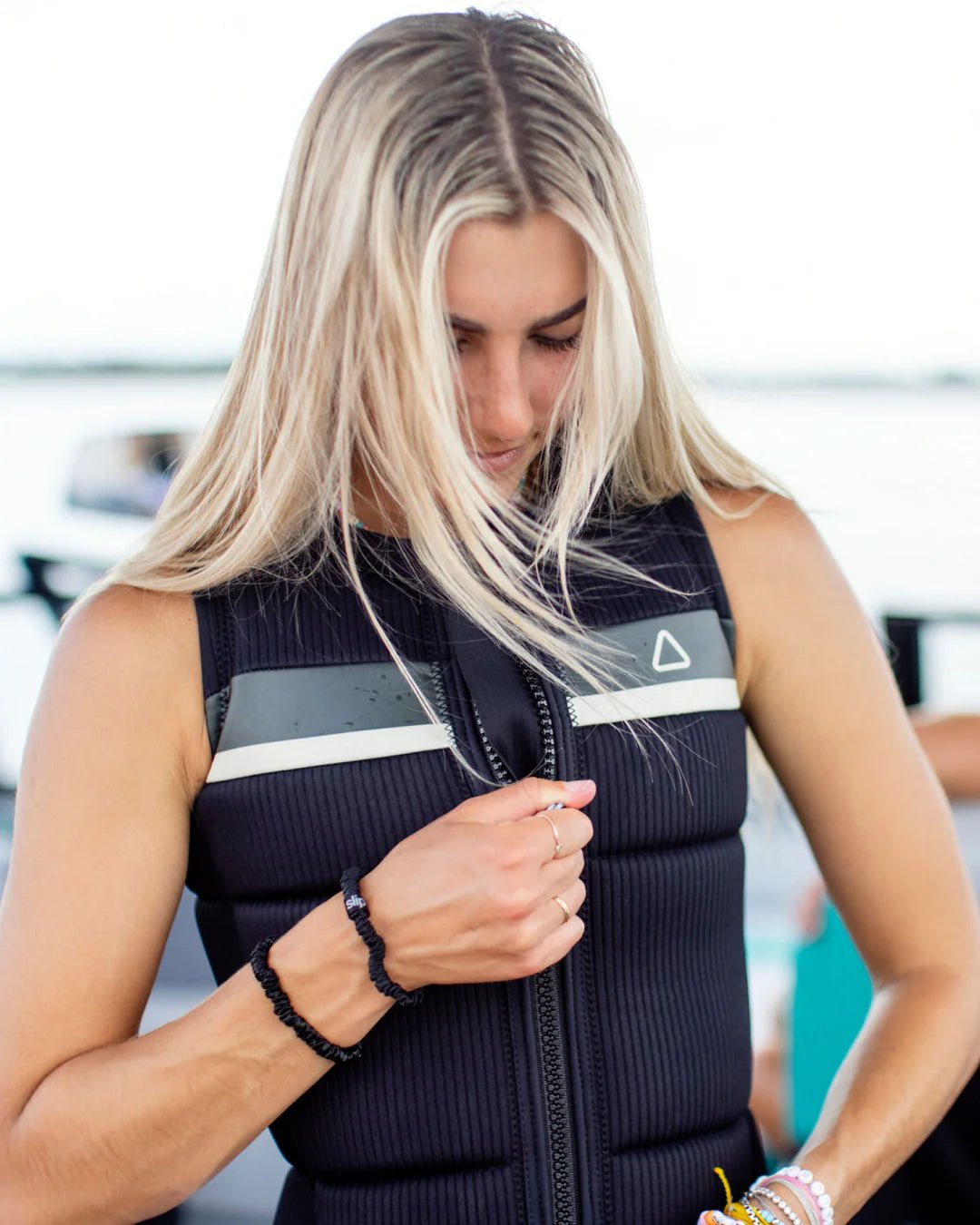Wakeboarding is an exhilarating water sport that has gained immense popularity over the years. One of the essential components of wakeboarding is the bindings, which secure the rider's feet to the board. When it comes to choosing wakeboard bindings, there are two primary types to consider: open-toed and closed-toed. But what's the difference, and which one is right for you? Let's dive in.
The Evolution of Wakeboard Bindings
Wakeboard boots and bindings have undergone significant changes over the past few years. Gone are the days when riders had to pour a gallon of soap onto rubber and spend nearly half an hour trying to fit their foot into a binding. Today's wakeboard bindings are designed for easy entry and exit, offering comfort that's comparable to resting on a bed of marshmallows.
Open-Toed Wakeboard Bindings
Open-toed bindings, as the name suggests, have an open front, allowing the toes to be exposed. These bindings are versatile and can accommodate a range of foot sizes, making them ideal for sharing among multiple riders. Brands like Liquid Force and Hyperlite offer some of the best open-toed bindings in the market, such as the Liquid Force Scan 6x OT and the Hyperlite Remix.
Advantages:
- Versatility: Suitable for a variety of foot sizes.
- Breathability: Keeps your feet cooler during long sessions.
- Cost-effective: Generally more affordable than closed-toed options.
Closed-Toed Wakeboard Bindings
Closed-toed bindings enclose the entire foot, providing a more snug and personalized fit. These bindings offer better control and precision, allowing riders to execute tricks with greater accuracy. Some top-of-the-line closed-toed bindings include the Ronix Supreme Boa or the Hyperlite System Pro
Advantages:
- Precision: Offers better control and responsiveness.
- Personalized Fit: Tailored to the rider's foot shape.
- Enhanced Support: Provides additional support and protection to the toes.
Which is Better for Advanced Riders?
For advanced riders who prioritize precision, control, and a tailored fit, closed-toed bindings are often the preferred choice. The snug fit of closed-toed bindings provides enhanced responsiveness, allowing seasoned riders to execute complex tricks with greater accuracy. While open-toed bindings offer versatility, the closed-toed versions are designed to deliver peak performance, making them a favorite among professionals and advanced enthusiasts.
Making the Right Choice
Your choice between open-toed and closed-toed bindings will largely depend on your riding style and preferences. If you're looking for versatility and a binding to share with friends or family, open-toed might be the way to go. However, if you're an advanced rider seeking precision and a personalized fit, closed-toed bindings are worth the investment.



